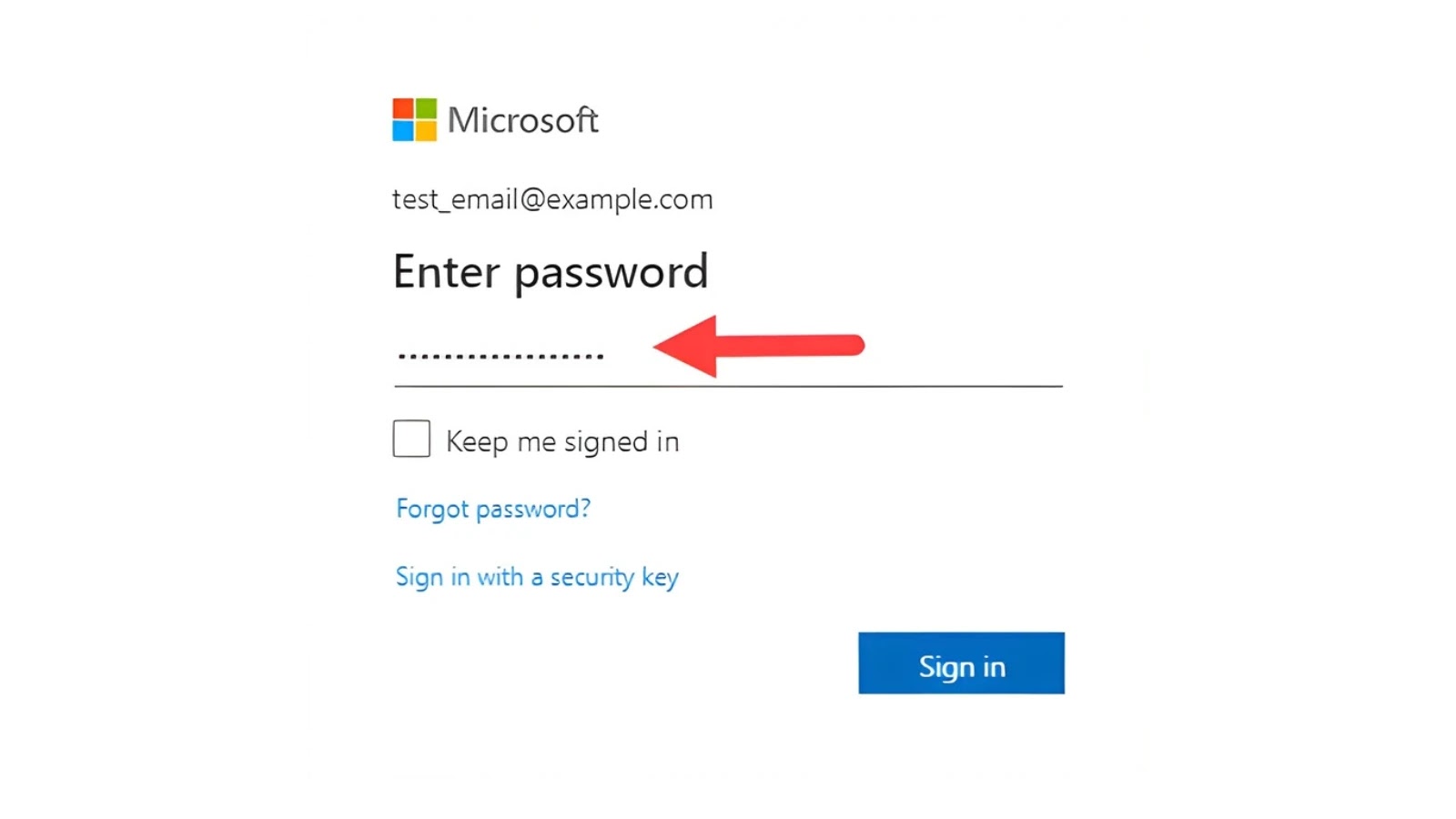In a recent cybersecurity development, malicious actors have been found leveraging trusted artificial intelligence (AI) platforms to execute advanced phishing attacks aimed at stealing Microsoft 365 credentials. This emerging tactic underscores the evolving nature of cyber threats and the need for heightened vigilance among organizations.
The Emergence of AI-Driven Phishing Attacks
Cybersecurity firm Cato Networks has uncovered a campaign where attackers utilized Simplified AI, a reputable marketing platform, to orchestrate phishing attacks targeting U.S.-based organizations. The campaign, identified in July 2025, successfully compromised at least one U.S. investment firm before being detected and mitigated. Although the specific campaign has been neutralized, experts warn that this method signifies a dangerous shift in cybercriminal strategies that could impact various industries.
Exploiting Trusted AI Platforms
Traditionally, phishing attacks relied on suspicious servers or counterfeit domains to deceive victims. However, in this sophisticated attack, perpetrators exploited the credibility and infrastructure of trusted AI platforms, such as Simplified AI, which are commonly used and trusted by employees. This approach allows malicious actors to bypass conventional security defenses by masquerading as legitimate services.
Anatomy of the Phishing Attack
The attack was meticulously crafted, combining social engineering with technical evasion techniques:
1. Deceptive Emails: Victims received emails impersonating executives from a global pharmaceutical distributor. These emails included authentic company logos and executive names verified through LinkedIn, enhancing their credibility.
2. Encrypted Attachments: The emails contained password-protected PDF attachments, a tactic designed to evade automated security scanners that cannot inspect encrypted files. The passwords for these PDFs were conveniently provided within the email body.
3. Legitimate-Looking Documents: Upon opening, the PDFs displayed legitimate company branding and contained links directing users to Simplified AI’s platform at app.simplified.com.
4. Credential Harvesting: Users were then redirected to what appeared to be a legitimate Simplified AI page, displaying the impersonated company’s name alongside Microsoft 365 imagery. The final step led victims to a convincing fake Microsoft 365 login portal designed to steal enterprise credentials.
The Challenge of Shadow AI
This incident highlights the growing concern of shadow AI within enterprises, where employees increasingly adopt AI tools without proper security oversight. The attackers’ use of established platforms complicates detection for traditional security measures, as these platforms are often whitelisted and trusted within organizational networks.
Recommended Mitigation Strategies
To counteract such sophisticated phishing attacks, security experts recommend the following measures:
– Implement Multi-Factor Authentication (MFA): Enforce MFA on all critical services to add an extra layer of security beyond just passwords.
– Employee Training: Educate employees on the risks associated with password-protected attachments and the importance of verifying the authenticity of emails, especially those containing links or attachments.
– Monitor AI Platform Usage: Keep a vigilant eye on all AI platform usage within the organization, including unauthorized applications, to detect any anomalies.
– Continuous Inspection of AI Traffic: Rather than implicitly trusting AI traffic, maintain continuous inspection to identify and mitigate potential threats.
– Advanced Threat Detection: Deploy advanced threat detection capabilities that can identify suspicious behavior patterns indicative of phishing attempts.
Conclusion
The exploitation of trusted AI platforms in phishing campaigns represents a significant evolution in cybercriminal tactics. Organizations must reassess their security strategies, particularly concerning AI platform usage, to effectively counter these emerging threats. By implementing robust security measures and fostering a culture of awareness, businesses can better protect themselves against such sophisticated attacks.



